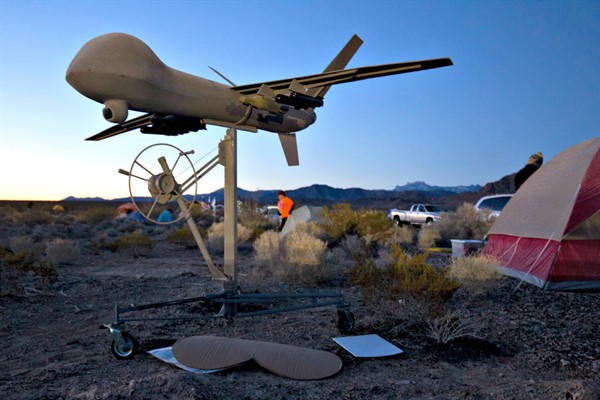America's wars will change as the enemies of tomorrow, whether extremist networks or hostile nations, acquire the ability to strike more directly at the United States. The way Americans think about armed conflict must evolve to incorporate this profound change to the nature of security.
After the devastating Thirty Years War of the 17th century, the great powers of Europe narrowed their notion of what was acceptable in war. While seldom applying their new standards during often-brutal colonial conquests, the European powers—at least in wars among themselves—deemed it acceptable to kill enemy combatants but not civilians, to destroy enemy war material but not lay waste to an enemy’s territory.
This delimited approach to armed conflict began to change during the American Civil War. By 1864, the United States realized that to defeat the Confederate armies it had to destroy the economy that fed and supplied them. Gen. William Tecumseh Sherman’s famous “march to the sea” through Georgia and Gen. Philip Sheridan’s Shenandoah Valley campaign did exactly that. The emergence of airpower in the 20th century further expanded the notion of what was a legitimate target in war. Strategic bombing campaigns laid waste to enemy economies. That civilians died was considered unfortunate but acceptable. By the nuclear age, strategists contemplated annihilating enemies entirely, as some armies had done back in antiquity.

